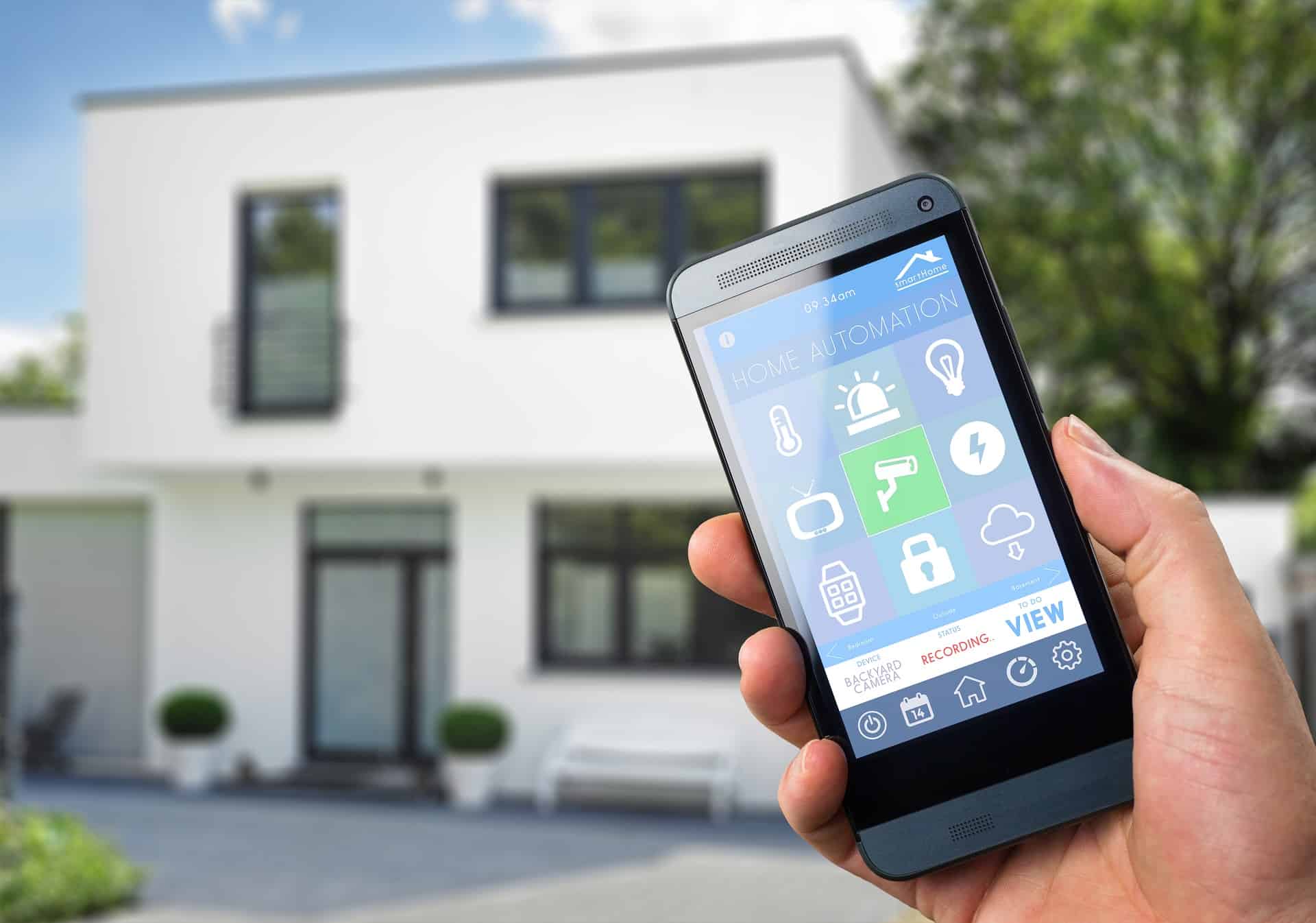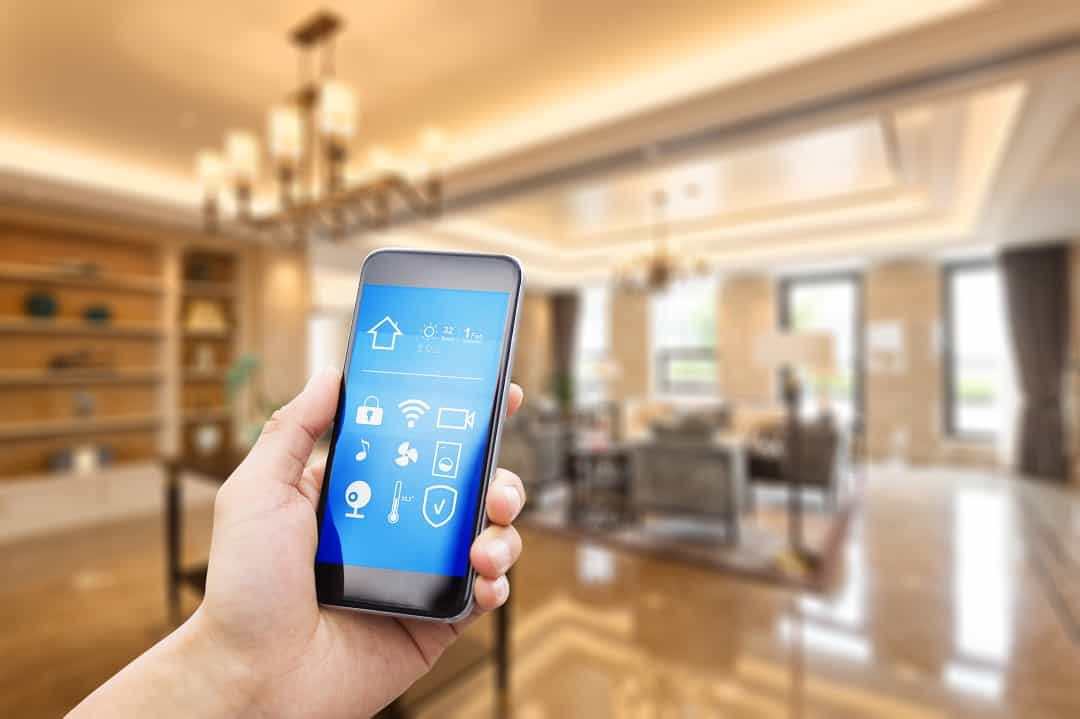As our homes are becoming as smart as our phones, the debate between cloud-based and local-based solutions for smart homes is more important than ever. It’s crucial to understand the implications of where and how your data is managed. In this pose we’ll look at the pros and cons of cloud vs local for smart homes. Whether you’re a tech-savvy homeowner automating your home or a curious onlooker in the world of IoT, this post will show the advantages and potential drawbacks of each approach. So keep reading to make sure you make an informed decision that resonates with your privacy preferences, convenience needs, and the vision of your ideal smart home.
Understanding Cloud-Based Smart Home Solutions
The advent of cloud-based smart home technology has brought about a remarkable degree of flexibility and accessibility for homeowners. With the cloud, smart home devices can be managed and monitored from virtually anywhere, as long as there is an internet connection. This means you can adjust your thermostat, check your security cameras, or turn off lights while you’re at work or even on vacation, giving you unparalleled control over your home environment.
However, the convenience of the cloud comes with its own set of security and privacy concerns. As smart home devices collect and transmit data to the cloud, there is a potential risk of unauthorized access and data breaches. Users must trust their service providers to implement robust security measures to protect sensitive information. Additionally, there are privacy implications, as the data generated by smart home devices can be incredibly personal, potentially revealing habits and behaviors. Users should be aware of how their data is used, who has access to it, and the measures in place to safeguard their digital privacy.
Pros and Cons Table of Cloud vs Local
| Feature | Cloud Controlled | Locally Controlled |
|---|---|---|
| More Privacy | Data shipped to who knows where | Data stays local |
| Data Security | Data processed by who knows who | Data processed by you |
| Infrastructure Maintenance | Service providers maintain cloud | You maintain your home network |
| System Updates | Service providers usually update | You manage your own updates |
| Ease of Access | Access via the cloud | No access or you are responsible for access |
| System Reliability | Usually fairly reliable | Depends on your setup and skill |
| Cost | Usually free | Hardware, and time to manage cost money |
| User Control & Customization | Limited user control and customization | Your skill and imagination are the limit |
| Response Speed | Can be slower based on internet speeds | All traffic stays local so usually faster |
Enhanced Control and Data Privacy
When it comes to smart homes, the decision between cloud-based and locally managed systems is important. One of the key advantages of a local smart home setup is the enhanced control it provides to homeowners. Having your smart home devices operate locally means all the decision-making and automation happens within the confines of your own home network. This means quicker response times for device activation and automation, ensuring your smart home is both efficient and responsive. Local solutions also offer a significant advantage in terms of data privacy. With data processing and storage happening on-site, the risks associated with data breaches or unauthorized access are reduced. Cloud hosted smart home solutions work by sending your data to the cloud for processing. This processing can be done by the service provider themselves, as well as any sub-processor that the service provider uses. Understanding where your data goes when you use a cloud hosted smart home solution can be quite a mess to unravel. Homeowners who are particularly concerned about their privacy find peace of mind knowing their personal information isn’t stored on a remote server that could be vulnerable to cyber threats.
Potential Limitations in Accessibility and Convenience
Despite the benefits of a local smart home network, it’s important to consider the drawbacks, particularly in terms of accessibility and convenience. A cloud-based smart home system allows homeowners to control their devices from anywhere in the world with an internet connection. This remote access feature is a cornerstone of what makes smart homes so appealing. However, local systems often lack this capability or offer a more limited version, requiring the homeowner to be within their home network to make changes or adjustments. Additionally, local smart home setups can be more challenging to install and manage for those who are not particularly tech-savvy, potentially leading to a less user-friendly experience. The convenience of plug-and-play devices offered by cloud services is a compelling reason why many opt for cloud-based smart home solutions despite privacy concerns.
FAQ
How does the reliability of cloud vs. local smart home systems compare?
Cloud-based smart home systems typically offer high reliability due to their robust infrastructure, but local systems have the edge in being immune to internet outages. Cloud systems rely on internet connectivity and the service provider’s uptime, which, while generally reliable, can be susceptible to downtimes due to server issues or maintenance. Local systems, on the other hand, operate independently of the internet, meaning that your smart home functions remain stable even when your online connection does not. However, local systems may lack the resources and redundancy that large cloud providers offer, potentially making them more vulnerable to failures stemming from hardware issues or power outages ( although, if there’s a power outage most of your smart home devices won’t be functioning anyways ). Additionally, cloud services often come with customer support and automatic software updates, adding to their reliability in the long run.
How do cloud and local smart home options differ in terms of scalability and expandability?
Cloud-based smart home solutions typically offer superior scalability and expandability compared to local options. This is because cloud services are designed to handle large amounts of data and a wide range of devices seamlessly, allowing users to add additional smart devices and functionalities without much concern for the limitations of their local hardware. With cloud solutions, the service providers manage the infrastructure, ensuring that it can support the increased load as your smart home system grows. This means you can often integrate new devices or services with a simple app update or by adding new subscriptions. On the other hand, local smart home systems may require more hands-on management and potential hardware upgrades to scale up, as the processing and storage are done on-site, which can be limiting if you have a large number of smart devices or if the technology rapidly advances.
How does the installation process differ between cloud based and local smart home systems?
The installation process for cloud-based smart home systems typically requires less hardware and can often be more user-friendly than local systems. When setting up a cloud-based system, homeowners generally need to install smart devices and connect them to a home Wi-Fi network, from which they can be managed through a central cloud service. This often involves simply downloading an app, creating an account, and following on-screen instructions to pair devices. In contrast, local smart home systems can require additional steps such as installing a dedicated server or hub that all devices connect to directly. This can involve more technical know-how to ensure all components communicate effectively within the local network, and there may be more configuration settings to adjust to get everything working correctly.
How do updates and maintenance requirements vary between cloud and local smart home setups?
Cloud-based smart home setups typically offer more seamless updates and maintenance compared to local configurations.
With cloud services, updates are often pushed automatically by the service provider, which means that your devices can receive the latest features and security patches without any action on your part. This can be especially convenient for those who are not tech-savvy or do not want to deal with the hassle of manual updates. Maintenance is also simplified as many troubleshooting processes can be handled remotely by customer support.
Local smart home setups may require more hands-on maintenance and manual installation of updates, which can be time-consuming and may require a higher level of technical expertise to ensure that everything is running smoothly and securely.
How does data backup and recovery compare between cloud based and local smart home platforms?
Data backup and recovery are generally more seamless and user-friendly on cloud-based smart home platforms compared to local solutions. With cloud services, your data is often automatically backed up at regular intervals, ensuring that the latest configuration of your smart home devices and settings are saved without requiring manual intervention. This means that in the event of a device failure or other issues, you can typically restore your system to its previous state with a few clicks. Cloud providers also have robust security measures in place to protect your data, although it’s important to consider that you are entrusting your personal data to a third party. On the other hand, local smart home platforms require you to handle backups yourself, which can be more time-consuming and prone to human error. Local backups do give you complete control over your data and where it is stored, which can be seen as a plus for those particularly concerned with privacy and data sovereignty.
What are the implications for internet dependency and potential outages for cloud vs. local smart homes?
Cloud-based smart homes are significantly more dependent on an internet connection, and potential outages can disrupt their functionality. When your smart home devices rely on the cloud, every command you issue, from turning on lights to adjusting the thermostat, requires an internet connection. This means if your internet goes down, you may lose the ability to control these devices remotely. Additionally, during an outage, you might not be able to access important features or receive updates from devices like security cameras. On the other hand, local smart home setups are less affected by internet outages since the processing is done on a local network. While some features that require internet access will be unavailable, basic automation tasks will continue to function, and you’ll still be able to control your devices within your home network.
In Summary
The debate between cloud and local solutions for smart homes is one that hinges on the balance between convenience, control, privacy, and reliability. Cloud-based systems offer unparalleled ease of access, updates, and integration with a wide range of devices, while local systems provide robust privacy, faster response times, and operation without the dependency on internet connectivity. Your choice should reflect your priorities, whether it’s the flexibility and features of the cloud or the security and self-reliance of local solutions. Smart homes are about making life easier and more efficient, and with the right approach, both cloud and local options can be tailored to create a secure, convenient, and highly functional living environment that meets your digital lifestyle needs. As technology continues to evolve, perhaps the future will bring solutions that perfectly blend the advantages of both, but for now, weigh the pros and cons carefully to make the smartest choice for your home.




